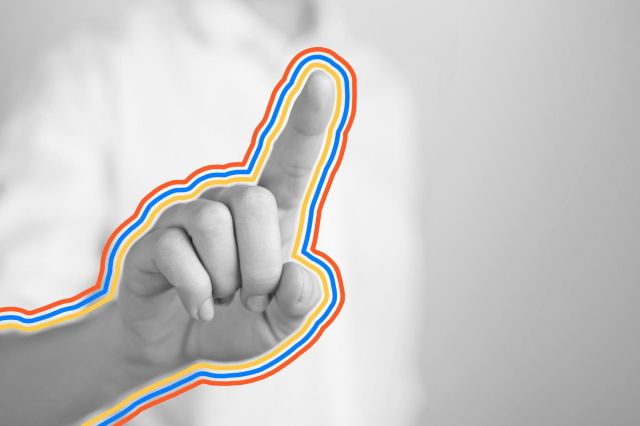
Why You Should Always Pass the Salt and Pepper
Seasoned etiquette aficionados often express dismay at the way people pass salt and pepper shakers. Regardless of which condiment a dining companion requests, in America, the polite response is to pass both shakers at the same time. This action conveniences everyone at the table. Think of salt and pepper as a pair of spouses or siblings — it becomes less likely that one will go missing if they stay together. Keeping the shakers in tandem also prevents a person from passing the wrong shaker. In addition, there’s a chance the recipient’s neighbor may need both ingredients, which are now within easy reach. Hence a rhyme that invokes two Blue’s Clues characters: “Mr. Salt and Mrs. Pepper always travel around the table together!” Politeness also dictates that shakers be placed on the table, not into outstretched hands. The thinking is occasionally linked to the superstition that two people grasping a salt shaker will eventually argue.

Why You Should Keep Your Elbows off the Table
In the Old Testament of the Bible, the Book of Ecclesiastes includes the line, “Be ashamed of breaking an oath or a covenant, and of stretching your elbow at dinner.” Many have translated this directive as a warning to keep elbows off the table at all times. Table manners were originally introduced to prevent mealtime fights, with the knife and fork establishing each eater’s boundary lines. Today, the elbow rule stops people from slouching or accidentally leaning their arms into food dishes. Moreover, when breaking bread with a group, placing your elbows on the table blocks those on either side of you from making eye contact.

Why You Shouldn’t Drink When You Are Being Toasted To
If a loved one or co-worker raises a glass in your honor, break the instinct of joining in on the toast. Since you’re being fêted, etiquette experts would perceive lifting your glass as a vain gesture, like giving applause to your own performance. Instead, practice the role of grateful recipient: Refrain from touching your glass and punctuate the toast with a “thank you.” Another common toast faux pas is clinking glasses to make the good tidings official. Knocking drinks with a tableful of people can require awkward stretching, causing spills or even broken glassware. A more dignified solution? Just hold those glasses aloft.
More Interesting Reads

Why You Shouldn’t Point at Another Person
When assisting theme park guests, Disney employees are trained to point with two conjoined fingers, index and middle. While the act reportedly doubles as a nod to Walt Disney’s smoking, the larger explanation is that standard pointing is considered rude in numerous cultures — especially if aimed at another person. A perception that dates back to Shakespeare’s time, pointing brings unwanted attention to the recipient, implying that they’ve committed a wrong. Repeated pointing in Japan can even instigate hostility. Figurative “finger-pointing” is defined as “making explicit and often unfair accusations of blame.” In situations where you feel compelled to point, it is kinder to use an open palm, flight attendant-style.

Why You Shouldn’t Respond to “Thank You” With “No Problem”
There’s a common perception that by answering an expression of gratitude with “no problem,” you’re hinting that the effort exerted was or almost became an inconvenience. (Ditto “no worries,” “don’t mention it,” or “it was nothing.”) “Thank you” neither pleads for forgiveness nor merits a brush-off. “No problem” isn’t necessarily the latter, though. Despite the negative phrasing, it’s generally understood by Gen-Xers and Millennials as an attempt to be humble. In addition, the traditional response to “thank you” is understated in several languages — from Mandarin (mei guanxi or “it’s OK”) to German (keine ursache or “never mind”) — and the advent of texting has made the global vernacular less formal. But at least when speaking, etiquette authorities encourage people to try replies such as “you’re welcome,” “my pleasure,” and “of course.”

Why You Should Open a Car Door With the Hand That’s Furthest Away
Cycling accounts for more than 25% of daily travel in the Netherlands; thus, Dutch citizens tend to be more conscientious toward bike riders than Americans. Yet we can all learn from their example with the “Dutch Reach,” a subtle move for anyone seated on the left-hand side of a car. Upon parking, Dutch drivers are instructed to use their right hands when opening their doors, even though their left hands are closer. This forces individuals to fully turn their upper bodies toward their exit, increasing the probability that they will spot anyone approaching in a bike lane. Some local drivers even tie ribbons to their door handles as reminders, and the Dutch Reach Project employs the slogan, “Reach, Swivel, Look, Open” — good safety advice regardless of your seat placement.











